

Professional
Sound Isolation
Booths for
Audiologists
Designed for Exceptional
Sound Isolation
Built in the USA
Ready to ship in 48 hours
High-quality, customizable sound isolation booths engineered to solve your noise challenges with outstanding performance.
Noise Reduction You Can Rely On
Whether blocking out distractions at home or creating the perfect recording environment, our sound booths provide top-tier noise reduction built to meet your needs.
Fast, Easy Assembly
Designed for ultimate convenience—no permanent installation or special tools needed. Quickly assemble, disassemble, and relocate your booth whenever and wherever you need.
Built to Last, Built for Sound
Crafted with high-quality materials for exceptional durability, WhisperRoom booths provide long-lasting sound isolation that stands the test of time.

Trusted by Industry Leaders for Over 35 Years







The Sound Isolation Solution That Adapts to You
Customizable and engineered for advanced noise reduction, WhisperRoom booths offer flexibility and performance that adapt to your environment.

Modular design
Choose from 26 sizes to fit any space, from home studios to professional facilities. Expand and customize with ease as your needs grow.

Fast Shipping
With components in stock and ready to go, most orders ship within 48 hours - getting you started on your projects without delay.
Our Best-Selling Models & Packages
Explore our most popular booths, designed for a variety of professional and personal uses.
Ideal for Every Sound Isolation Need
Discover how WhisperRoom enclosures are used across industries—from recording studios to medical facilities.
.webp)
01
Recording & Broadcasting
Our sound isolation booths provide the perfect environment for crystal-clear recordings and uninterrupted broadcasts, allowing creators to focus solely on their work.
Built to Meet
Audiology Standards
WhisperRoom booths meet the high standards of audiologists and medical facilities by offering noise-controlled spaces that deliver accurate hearing tests and controlled environments for sensitive equipment.

What Our Customers Say
The Quiet You Need, Without Permanent Construction
Our booths deliver flexible sound isolation that adapts to your space and needs—and relocate easily when you need to move.

Cost Savings
Our modular booths offer a cost-effective alternative to traditional builds at a fraction of the cost—without the noise, debris, or disruption.

Customer Service
Experience top-tier support from our knowledgeable Product Representatives, dedicated to guiding you through every step—from selection to setup.

Options & Accessories
Personalize your booth with a variety of options and accessories. Choose from ADA accommodations, wall windows, acoustic packages, and more for your unique solution.
Ready to Experience WhisperRoom?
Get a Quote Today and Find the Perfect Sound Booth for Your Needs.










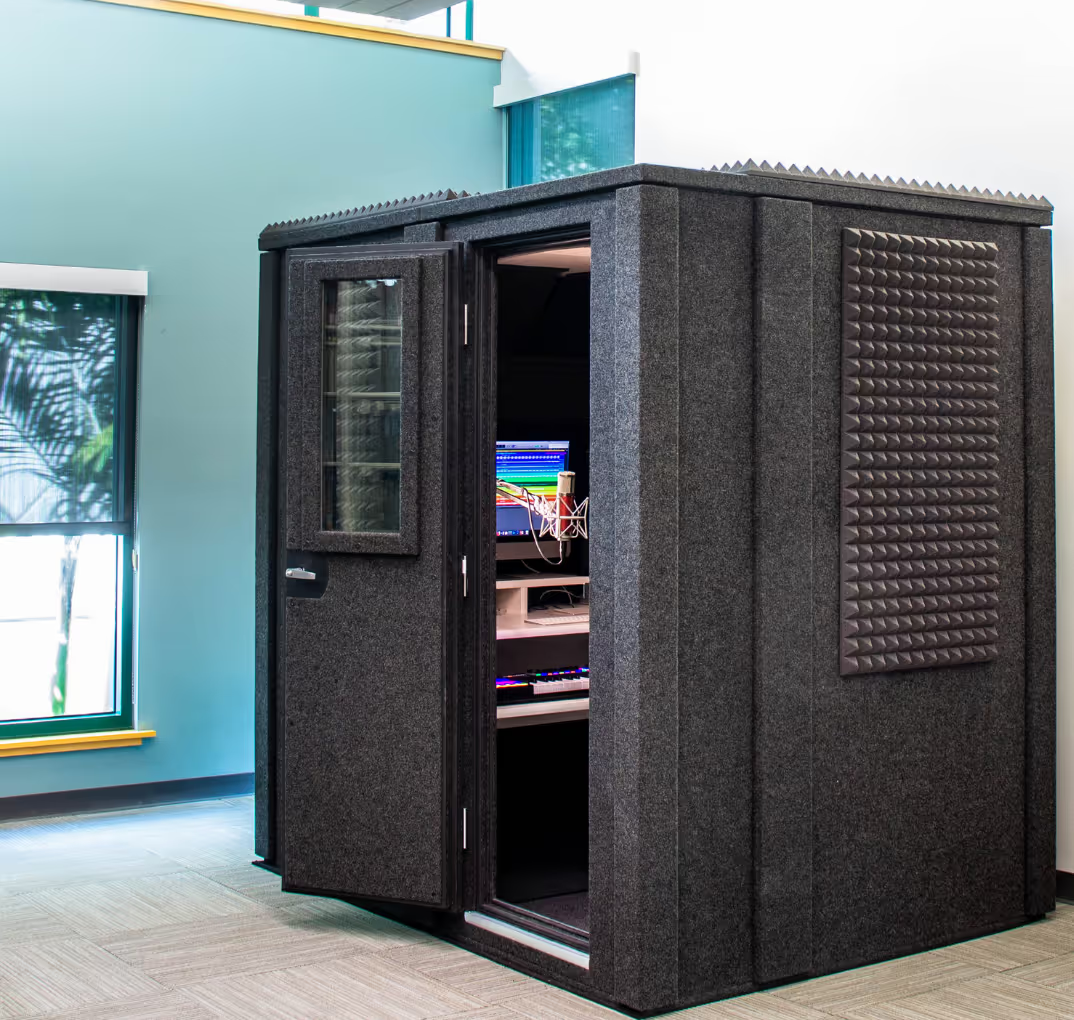
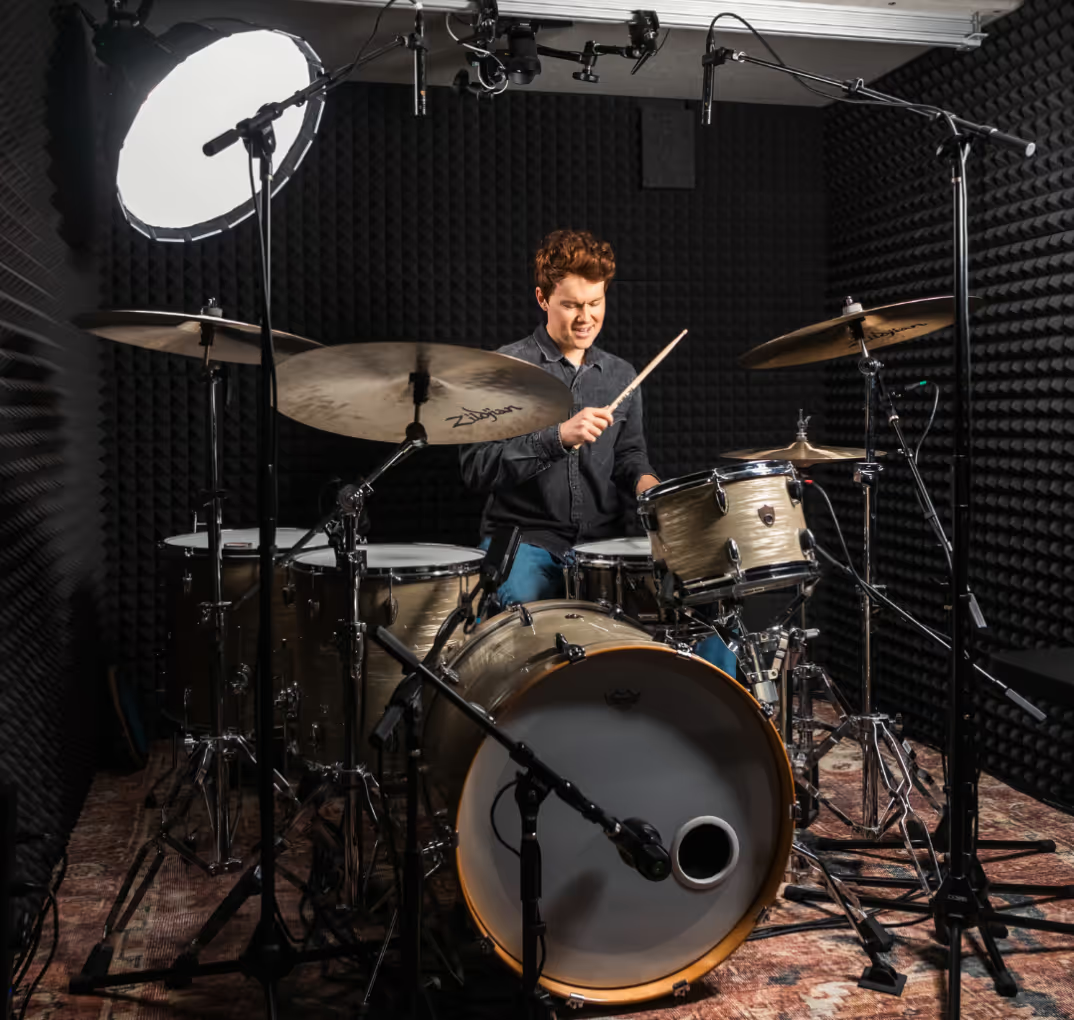
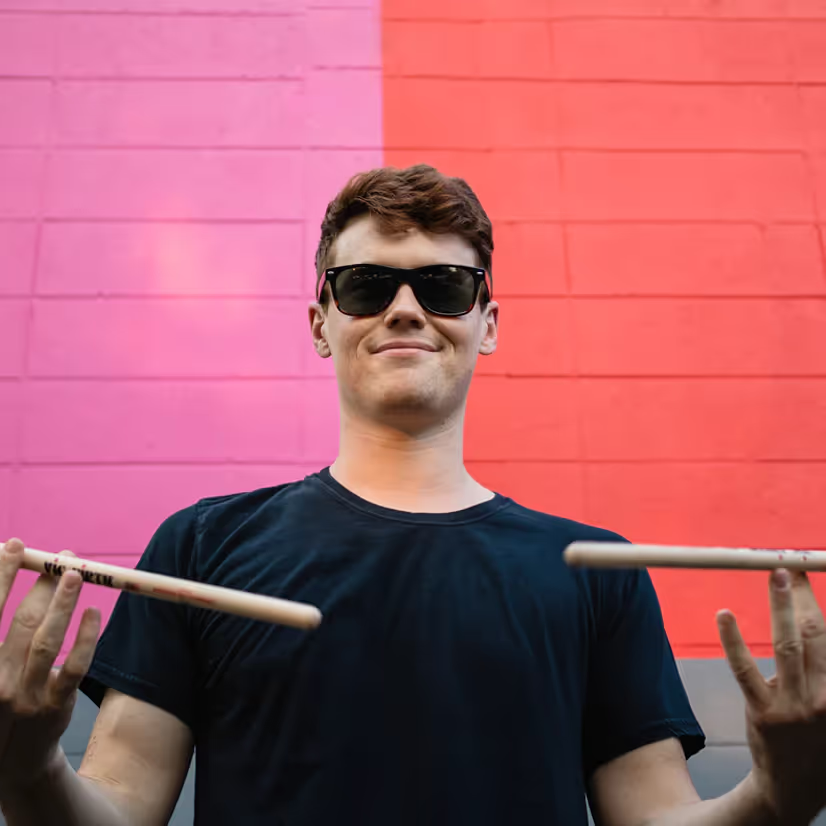


.avif)

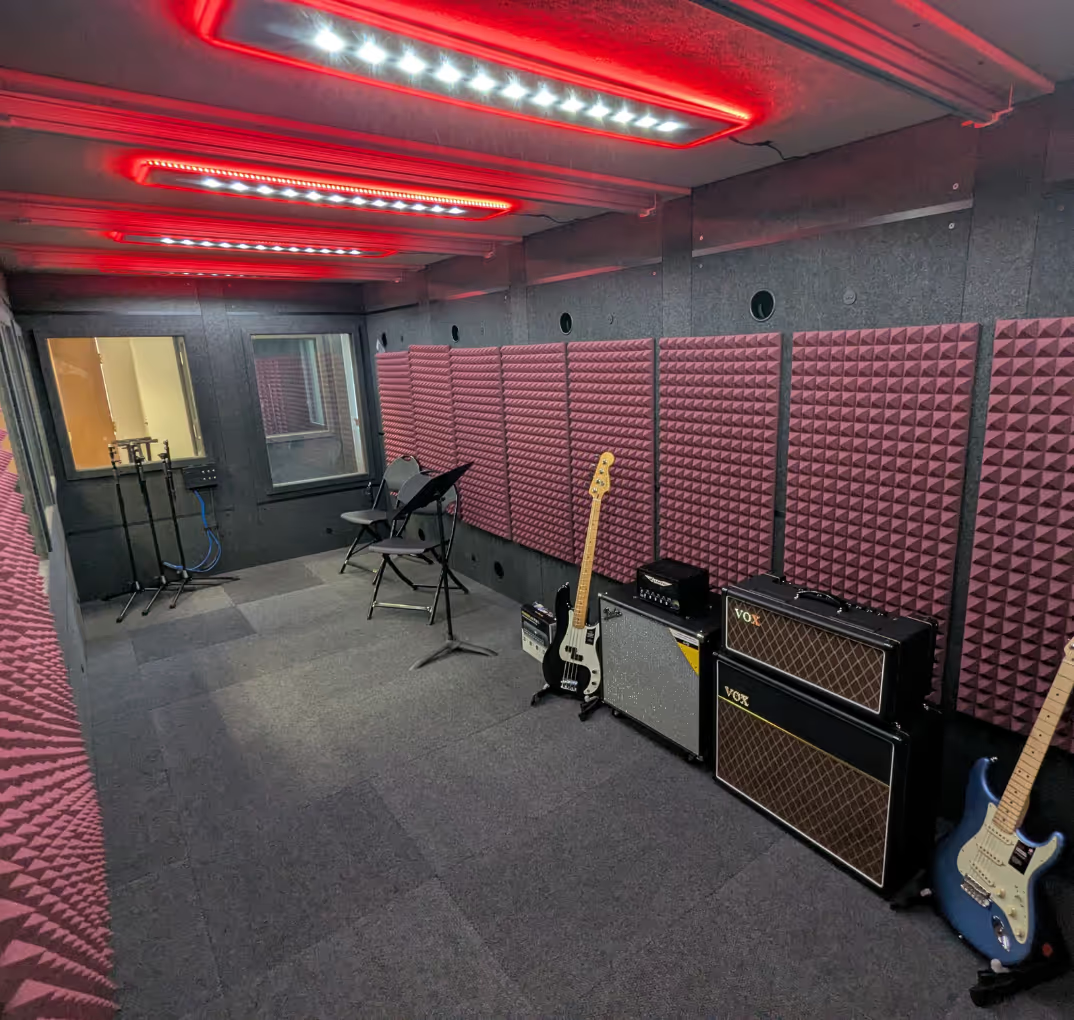



.avif)
.avif)

.avif)

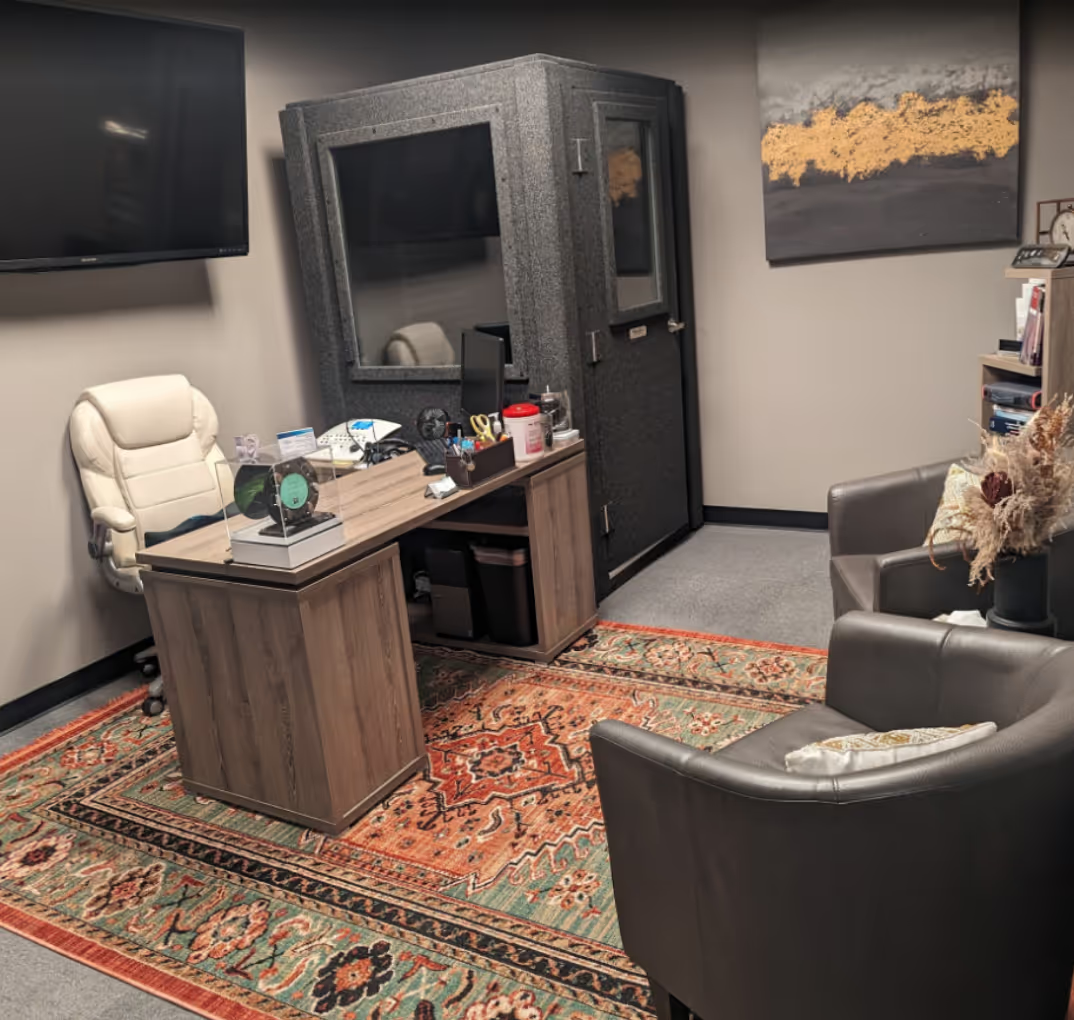



.avif)
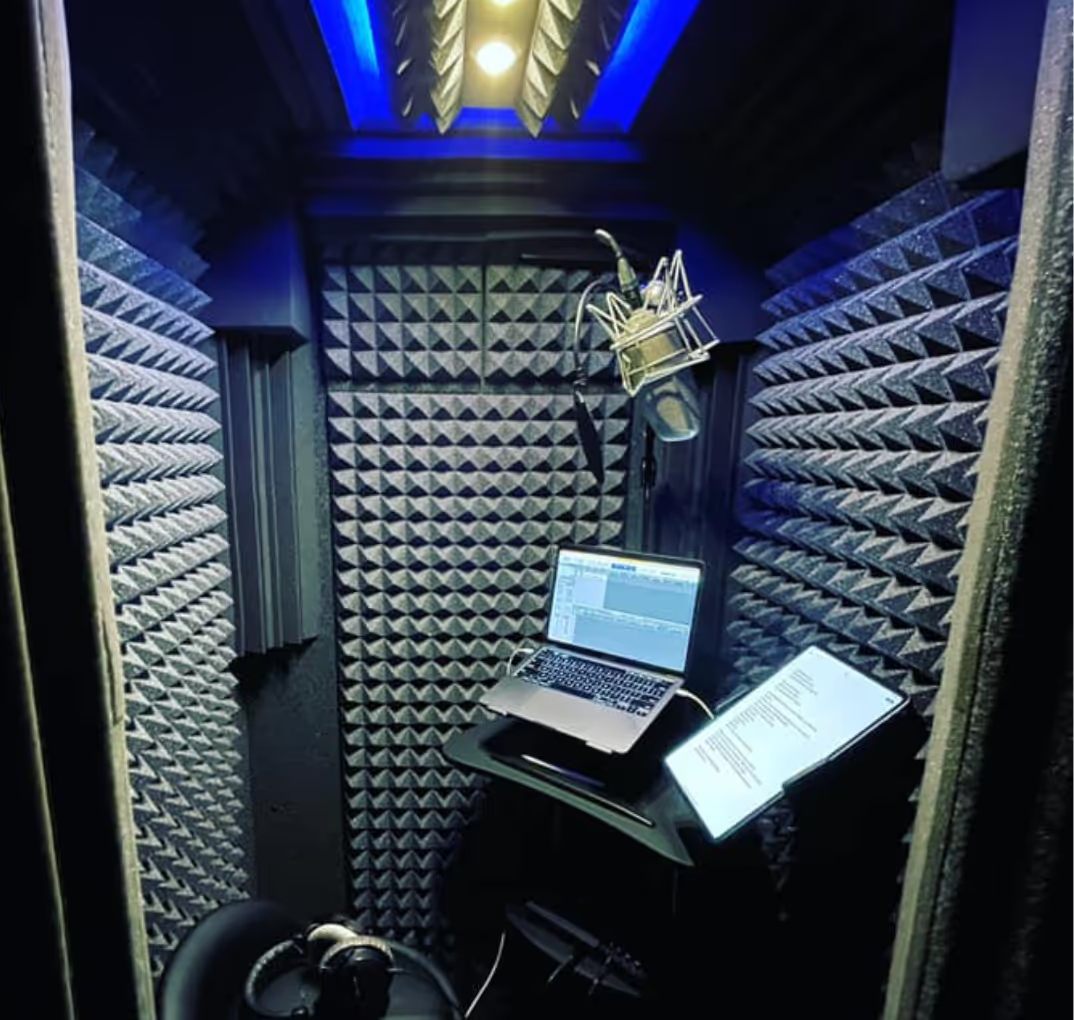

.avif)


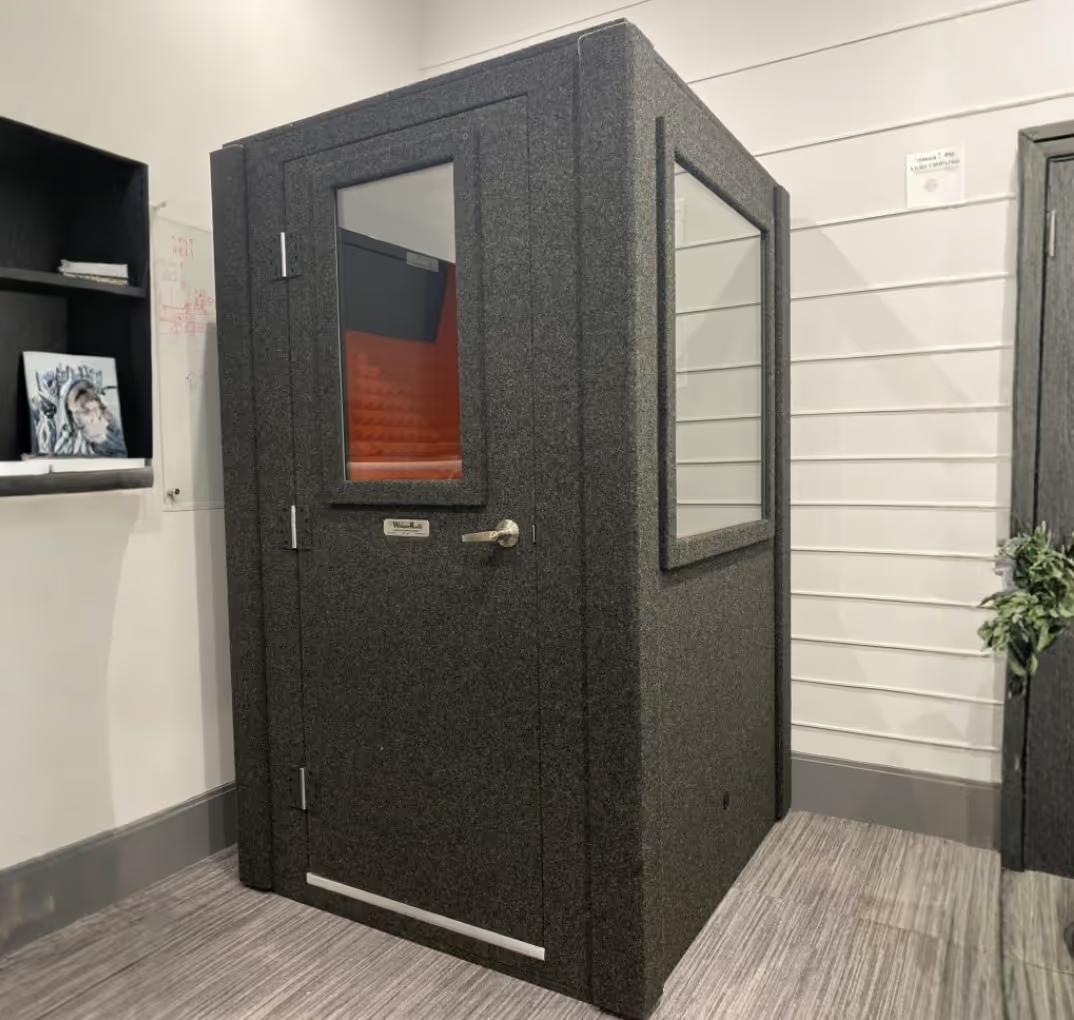



.avif)

.avif)

.avif)
.avif)




